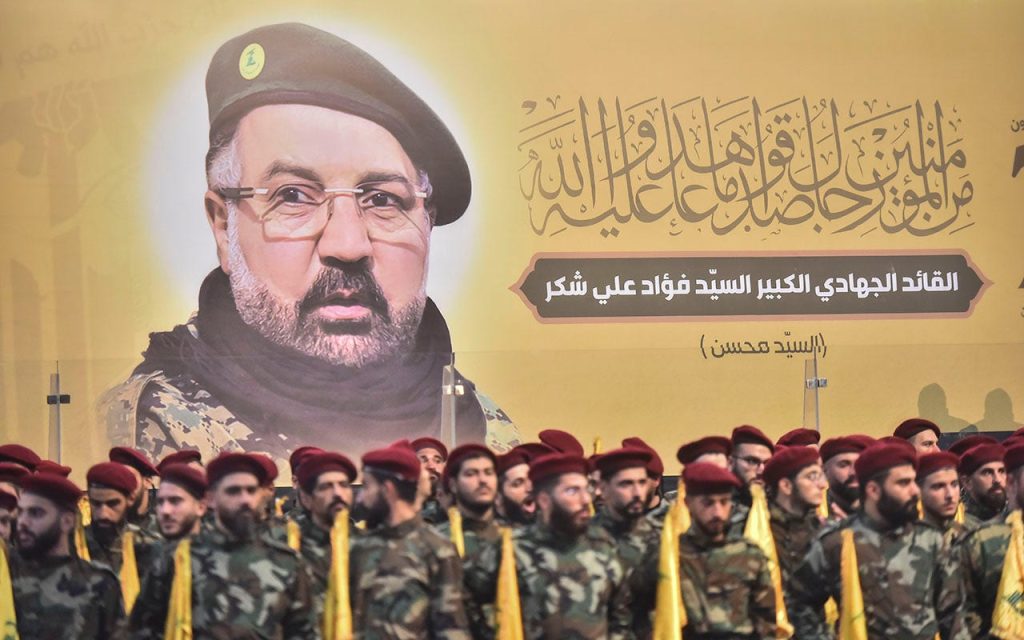Israeli Intelligence Penetration of Hezbollah: A Deep Dive into Espionage and Targeted Killings
The assassination of Hezbollah leader Hassan Nasrallah and other key figures within the Iran-backed organization has brought to light the extent of Israeli intelligence penetration into the group’s inner workings. Investigative reports have revealed meticulous surveillance operations, recruitment of human sources, and the unveiling of intimate personal details, culminating in targeted strikes aimed at crippling the organization’s leadership. The case of Fuad Shukr, a Hezbollah commander implicated in the 1983 Beirut barracks bombing and a recent attack in the Golan Heights, exemplifies the depth of Israeli intelligence gathering. Shukr’s personal life, including his relationships with four mistresses and his attempts to marry them through phone ceremonies arranged by a Hezbollah cleric, were meticulously tracked by Israeli agencies. This granular level of intelligence speaks to the extensive network of informants and surveillance technologies deployed by Israel within Hezbollah.
The penetration of Hezbollah’s ranks extended beyond monitoring personal affairs. Israeli intelligence agencies successfully placed listening devices within Hezbollah bunkers, providing real-time insight into the group’s strategic discussions and operational plans. This surveillance, coupled with human intelligence, enabled Israel to map out hideouts and track the movements of key figures like Nasrallah. The information gleaned from these operations played a crucial role in the decision to target Nasrallah, a move that marked a significant escalation in the conflict between Israel and Hezbollah. The assassination, carried out via an airstrike that leveled multiple apartment buildings in Beirut, highlighted the precision and lethality of Israeli intelligence-guided operations.
The killing of Nasrallah, who had led Hezbollah for three decades, followed a series of escalating actions by Israel, including a sustained pager attack orchestrated by the Mossad and targeted strikes against other Hezbollah leaders. These actions signaled a growing Israeli resolve to dismantle Hezbollah’s leadership and disrupt its operations. Despite warnings from his commanders, Nasrallah remained in his underground bunker, seemingly underestimating the extent of Israeli intelligence capabilities and their willingness to strike at the heart of the organization. The airstrike, which reportedly killed Nasrallah and an Iranian general, demonstrated the devastating consequences of misjudging Israel’s intelligence prowess.
The intricate web of espionage woven by Israeli intelligence agencies reveals a multifaceted approach to combating Hezbollah. The recruitment of human sources within the organization, combined with technological surveillance, provided a comprehensive picture of Hezbollah’s activities, enabling targeted strikes against its leadership. The exposure of Shukr’s personal life, including his attempts to marry his mistresses through phone ceremonies, underscores the depth of Israeli intelligence penetration and their ability to gather even the most intimate details. This extensive intelligence network ultimately paved the way for the assassination of Nasrallah, a pivotal moment in the ongoing conflict.
The targeted killings of Hezbollah leaders, facilitated by precise intelligence, represent a significant blow to the organization. These operations not only eliminate key figures but also disrupt the group’s command structure and operational capabilities. The loss of experienced leaders like Nasrallah, coupled with the constant threat of surveillance and targeted strikes, creates a climate of uncertainty and fear within Hezbollah. The long-term impact of these operations remains to be seen, but they undoubtedly represent a significant escalation in Israel’s efforts to counter the threat posed by Hezbollah.
The success of Israeli intelligence operations against Hezbollah underscores the importance of human intelligence and technological surveillance in modern warfare. The ability to penetrate enemy organizations, gather real-time information, and track the movements of key figures provides a decisive advantage in asymmetric conflicts. The case of Hezbollah serves as a stark reminder of the vulnerability of even highly secretive organizations to sophisticated intelligence operations. The meticulous planning, execution, and reliance on human sources demonstrated by Israeli intelligence agencies in their operations against Hezbollah offer valuable lessons for counterterrorism efforts worldwide.



